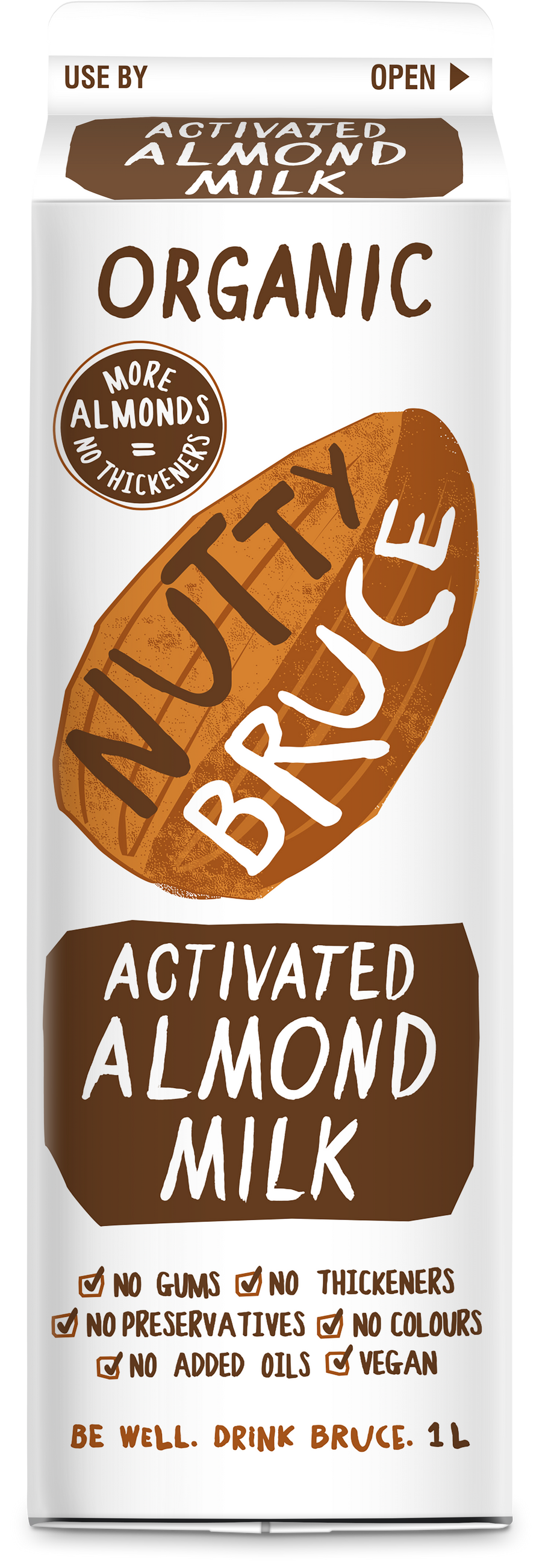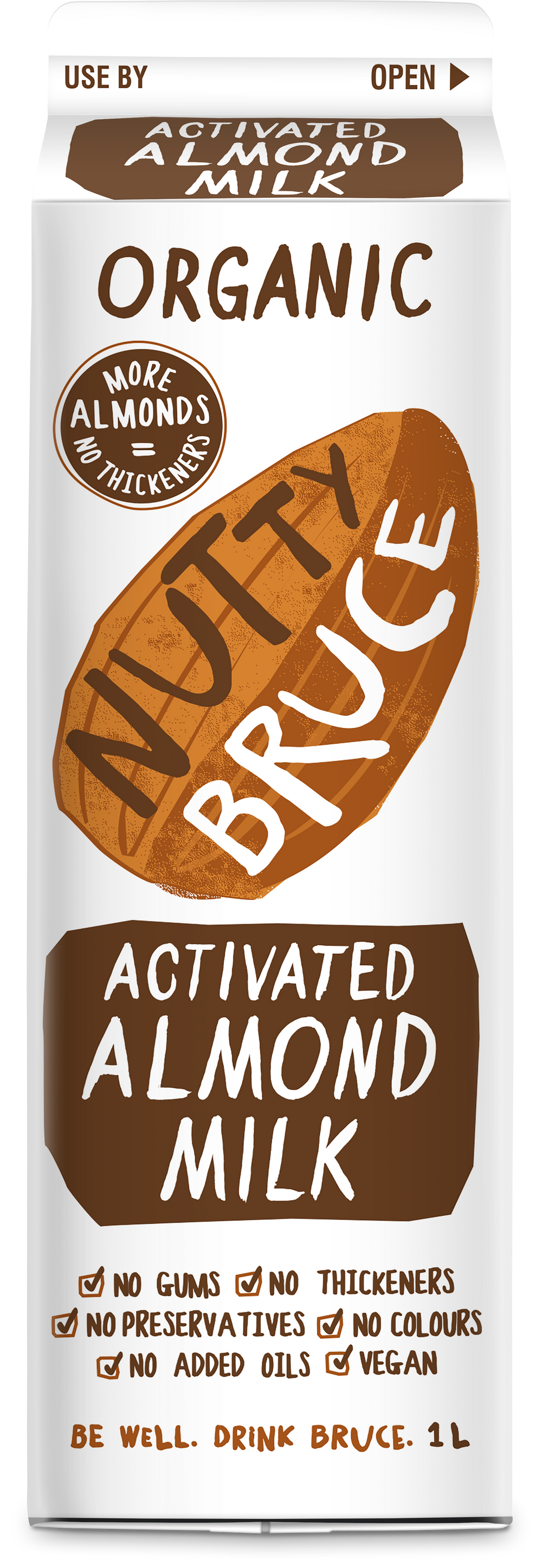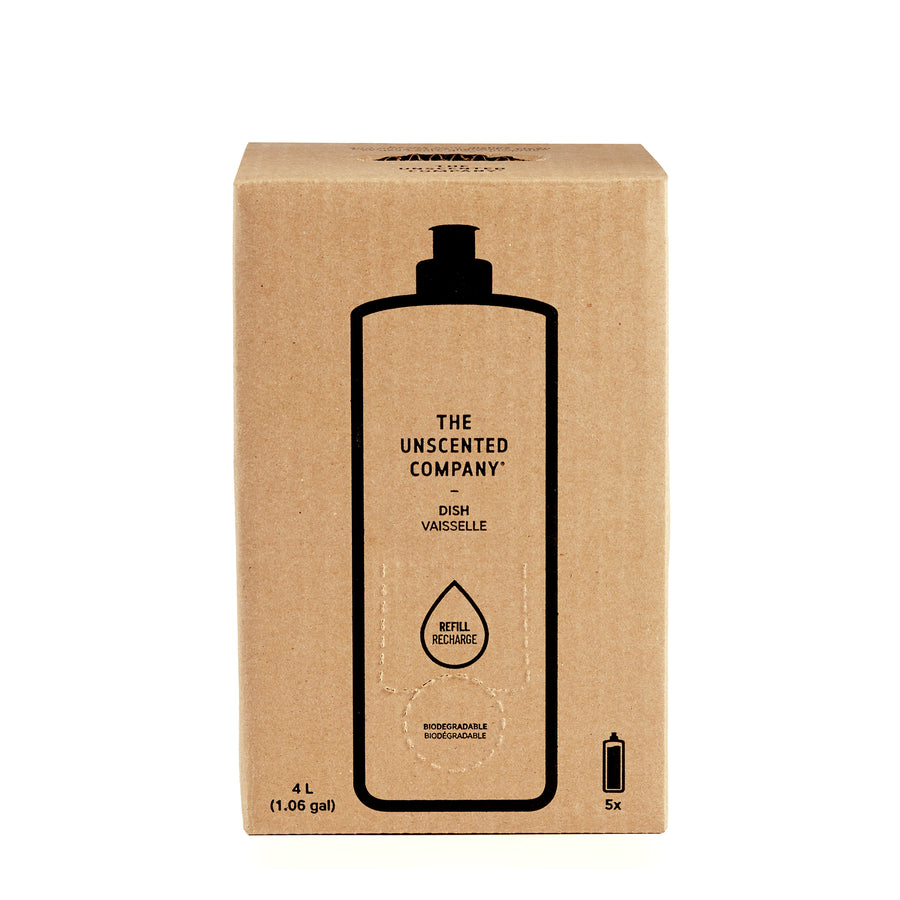Sunscreens: Chemical vs Mineral
Sun Protection Principle
Chemical Sunscreens: The skin will first absorb chemical molecules in the sunscreen, and then absorb UV Rays into the molecules, so that the UV Rays are isolated, unable to penetrate into subcutaneous tissue.
Mineral / Physical Sunscreens: The main ingredients are zinc oxide and titanium dioxide, which will cover the skin surface and form a barrier to reflect UV rays. They are safe and not easily absorbed by the skin.
|
Chemical Sunscreens |
Mineral / Physical Sunscreens |
|
|

Sunscreen Facts
UVA and UVB are the two types of ultraviolet radiation emitted by the sun. Knowing the difference between them is fundamental to understanding the need to choose and apply sunscreens.
UVA - Ageing
- UVA rays have a longer wavelength, and can pass through clouds, rain, fog and glass windows. They can penetrate the dermal layer of your skin, which is deeper than the epidermal layer. UVA rays are associated with collagen damage, causing wrinkles and ageing.
UVB - Burning
- UVB rays have greater energy but shorter wavelength than UVA rays. Their ability to penetrate the skin is limited. Although they can only reach the epidermis, they are the primary cause of tanning, sunburn, skin cell damage, and even DNA mutations.
⚠️ Both UVA and UVB rays can cause skin cancer.
FDA Monograph Sunscreen Ingredients
In Chemical Sunscreens
- Octyl methoxycinnamate
It has a strong effect in absorbing UVB, but is sensitive to light, resulting in reduced UV protection efficiency after exposure. It may cause skin allergies and is also a potential endocrine disruptor.
- Oxybenzone
One of the most common active ingredients. It may penetrate the bloodstream, affecting hormones. It may also hinder coral growth or even cause coral bleaching, threatening the marine ecosystem.
In Mineral / Physical Sunscreens
- Titanium dioxide
It is safe, and is hardly absorbed by the skin. It has high oil and water absorption ability, which may cause dry skin. Pay more attention to moisturizing before and after use.
- Zinc oxide
This safe and stable ingredient will not be absorbed by the skin or cause any irritation. In addition to sun protection, it also has skin protection effects like anti-inflammatory.

SPF Guide
SPF value represents the percentage of UVB blocked, but sunscreen products exceeding SPF30 have similar protection effects. The higher the SPF value, the higher the concentration of sunscreen molecules, which may clog pores and increase the risk of skin allergies.














